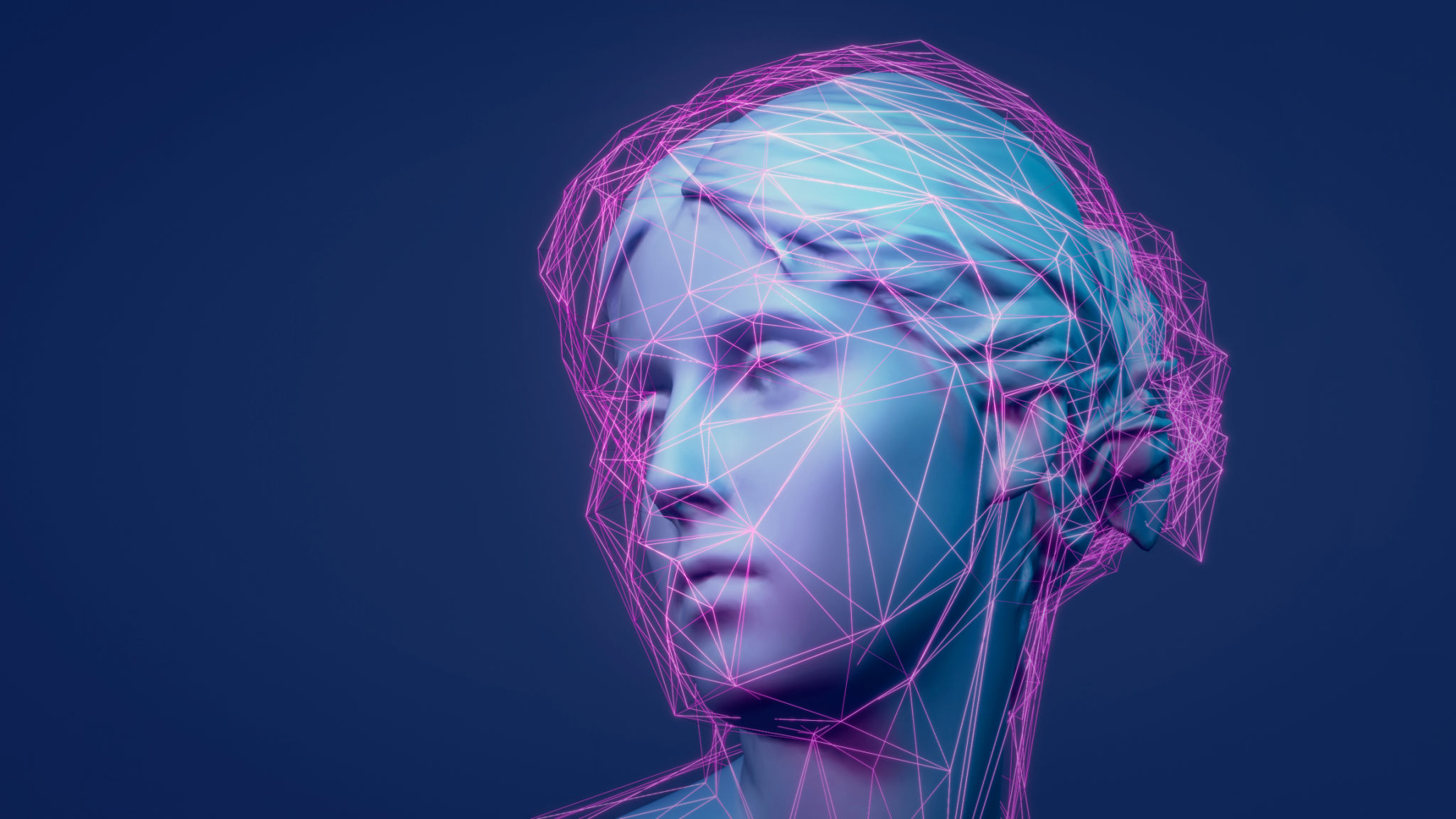Current Blockchain Trends Shaping the Web3 Landscape
The Rise of Decentralized Finance (DeFi)
The blockchain realm is witnessing a groundbreaking evolution with the rise of Decentralized Finance, commonly known as DeFi. At its core, DeFi is about creating a financial system that is more open, transparent, and accessible than traditional financial institutions. By leveraging blockchain technology, DeFi platforms allow users to lend, borrow, and trade without intermediaries.
This trend is rapidly gaining traction due to its potential to democratize finance. With smart contracts automating transactions, the need for trust in third parties diminishes, significantly reducing costs and increasing efficiency. As a result, DeFi is not only reshaping the financial landscape but also paving the way for a more inclusive economy.

Non-Fungible Tokens (NFTs): Beyond Art
While NFTs initially took the art world by storm, their utility has since expanded into various sectors. These unique digital assets are now used in gaming, music, real estate, and even identity verification. The underlying blockchain technology ensures provenance and authenticity, which is crucial in industries that rely heavily on intellectual property rights.
Moreover, NFTs are playing a vital role in the creation of digital communities. They offer new ways for creators to engage with their audience and monetize their work. As the NFT ecosystem continues to mature, we can expect more innovative applications and increased adoption across different sectors.

Interoperability: Bridging Blockchain Silos
One of the significant challenges in the blockchain space has been interoperability. Different blockchains often operate in silos, limiting their communication and interaction capabilities. However, recent advancements are addressing this issue by developing protocols and tools that enable seamless interoperability between various blockchain networks.
This trend is crucial for the future of Web3 as it allows for greater collaboration and integration among platforms. By enabling different blockchains to communicate and share information effectively, users can enjoy a more cohesive and efficient decentralized ecosystem.

Layer 2 Solutions: Scaling Blockchain Networks
As blockchain adoption grows, so does the need for scalable solutions that can handle increased transaction volumes without compromising speed or security. Layer 2 solutions are emerging as a popular approach to scale blockchain networks. These solutions operate on top of existing blockchains, offloading some of the processing tasks to improve overall network performance.
By enabling more transactions per second at a lower cost, Layer 2 solutions are essential for supporting the widespread adoption of blockchain technology. They address some of the most pressing issues facing the industry today, such as high fees and slow transaction times.

Decentralized Autonomous Organizations (DAOs)
Decentralized Autonomous Organizations are redefining how organizations are structured and governed. DAOs leverage blockchain technology to facilitate decision-making processes that are transparent, democratic, and efficient. Members of a DAO can propose and vote on initiatives, ensuring that every voice is heard.
The rise of DAOs is indicative of a shift towards decentralized governance models that prioritize community involvement and consensus over hierarchical structures. As more projects adopt DAOs, we can expect an increase in innovative solutions across various industries.

